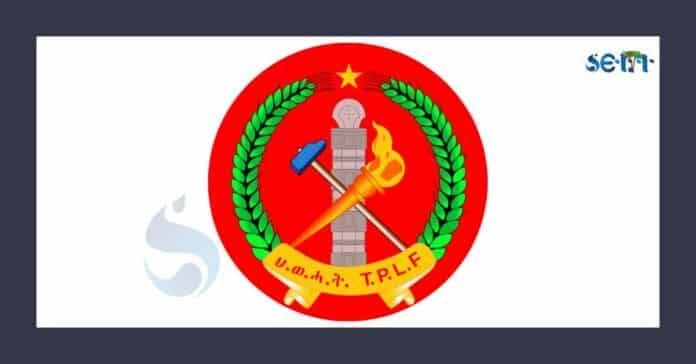The Tigray People’s Liberation Front (TPLF) has advanced a calculated narrative to portray Eritrea as a militarized, ethnically exclusive, and aggressive state. This effort aims to undermine Eritrea’s sovereignty, delegitimize its identity, and justify the TPLF’s own regional ambitions, including the creation of a Greater Tigray.
Since the 1990s, the TPLF has sought to reframe Eritrean nationalism as a derivative of Tigrigna culture, ignoring the country’s multi-ethnic foundation. Eritrea comprises nine recognized ethnic groups—including Afar, Bilen, Kunama, Saho, Tigre, Nara, Hidareb, and Rashaida—who contributed equally to the independence struggle. By emphasizing linguistic and cultural similarities between Tigray and Eritrean Tigrigna speakers, the TPLF argues for ethnic unity while downplaying Eritrea’s pluralistic identity. This narrative facilitates claims that Eritrean nationalism is artificial or externally imposed, setting the stage for interference under the pretext of ethnic solidarity.
Eritrea’s vision of economic self-reliance clashed with the TPLF’s goal of regional hegemony. After Eritrea introduced an independent currency and pursued port-based development, the TPLF seized Eritrean assets, imposed trade blockades, and restricted access to regional markets. Eritrea’s ambition to become the ‘Singapore of Africa’ was portrayed by the TPLF as destabilizing, when in fact it threatened Ethiopia’s monopolization of trade through Djibouti. These actions not only hindered Eritrea’s growth but framed self-reliance as a threat to peace.
Eritrea’s military orientation stems from a 30-year war for independence and a hostile regional environment. The 1998–2000 Eritrea-Ethiopia war resulted in over 100,000 deaths. In 2002, the Eritrea-Ethiopia Boundary Commission (EEBC) ruled that the disputed town of Badme belonged to Eritrea, but the TPLF-led government refused to comply. While Eritrea maintained a defense posture, the TPLF cast it as belligerent militarism. TPLF leaders, including Getachew Reda, admitted to encouraging the defection of Eritrean youth to drain the country’s human capital and weaken its army—a tactic that exploited refugee routes and international sympathy.
Following the Tigray conflict, the TPLF demanded that Eritreans admit guilt as a condition for dialogue. These demands serve to rewrite the record, casting Eritrea as the aggressor and ignoring Ethiopia’s long-standing occupation of Eritrean territory in defiance of international law. This tactic is not about reconciliation but about eroding Eritrean morale and sowing division. The weaponization of guilt aims to legitimize future political or territorial claims under the guise of justice.
The TPLF’s influence reached global institutions, distorting Eritrea’s image on the world stage. In 2009 and 2011, the UN Security Council adopted Resolutions 1907 and 2023, sanctioning Eritrea based on claims it supported Al-Shabab in Somalia. No credible evidence was ever produced. These sanctions crippled Eritrea’s economy and reinforced its international isolation. In 2018, UNSC Resolution 2444 lifted the sanctions, acknowledging they were politically motivated. This marked the first formal recognition of the injustice Eritrea had endured.
The TPLF’s victimhood narrative has been a powerful tool to distort Eritrean identity, stifle its development, and justify interference. Eritrean nationalism was not born out of hostility but from a multi-ethnic struggle for dignity, self-rule, and independence. In 1993, over 99% of Eritreans voted for independence, signaling a strong, shared national identity. The systematic attempt to portray Eritrea as a failed or hostile state is a projection of the TPLF’s own expansionist goals. To defend Eritrea’s future, it is essential to expose this narrative warfare, assert historical truth, and maintain unity in the face of political manipulation.

